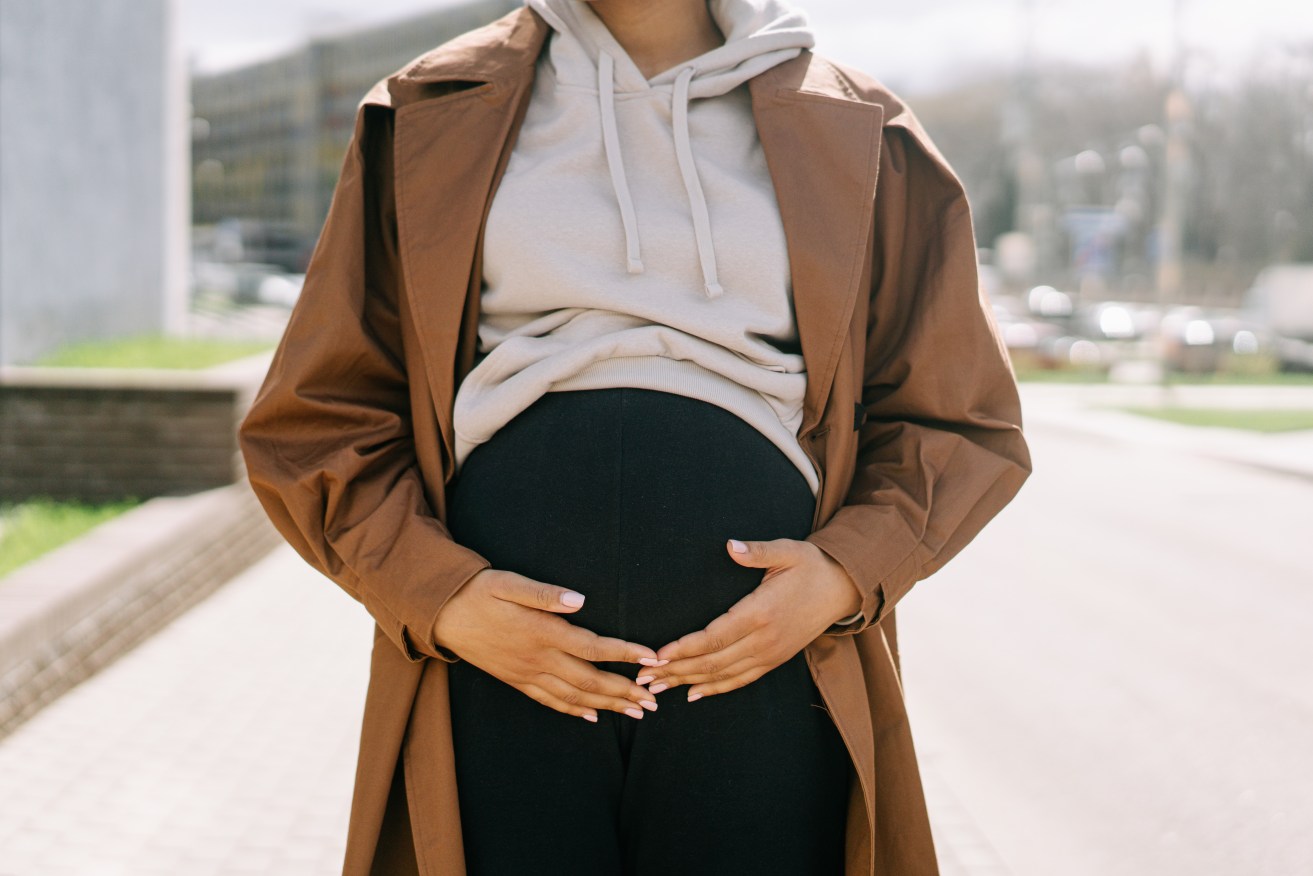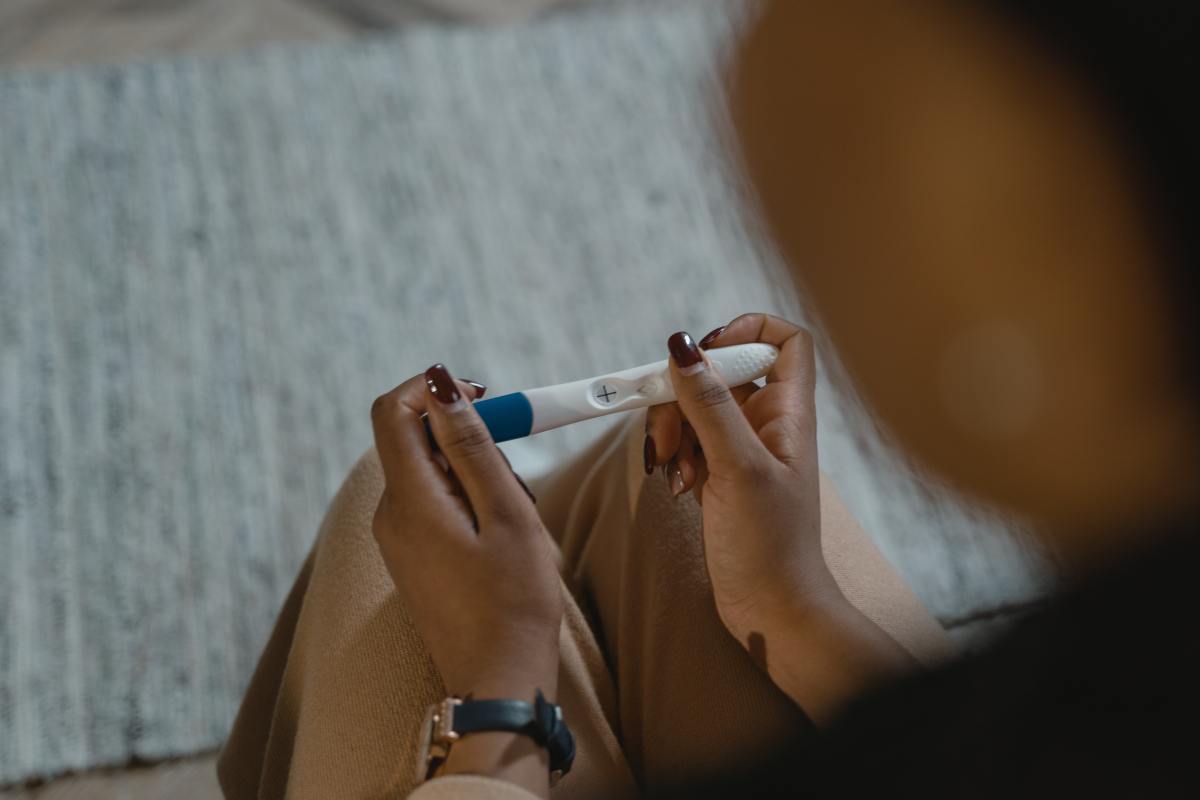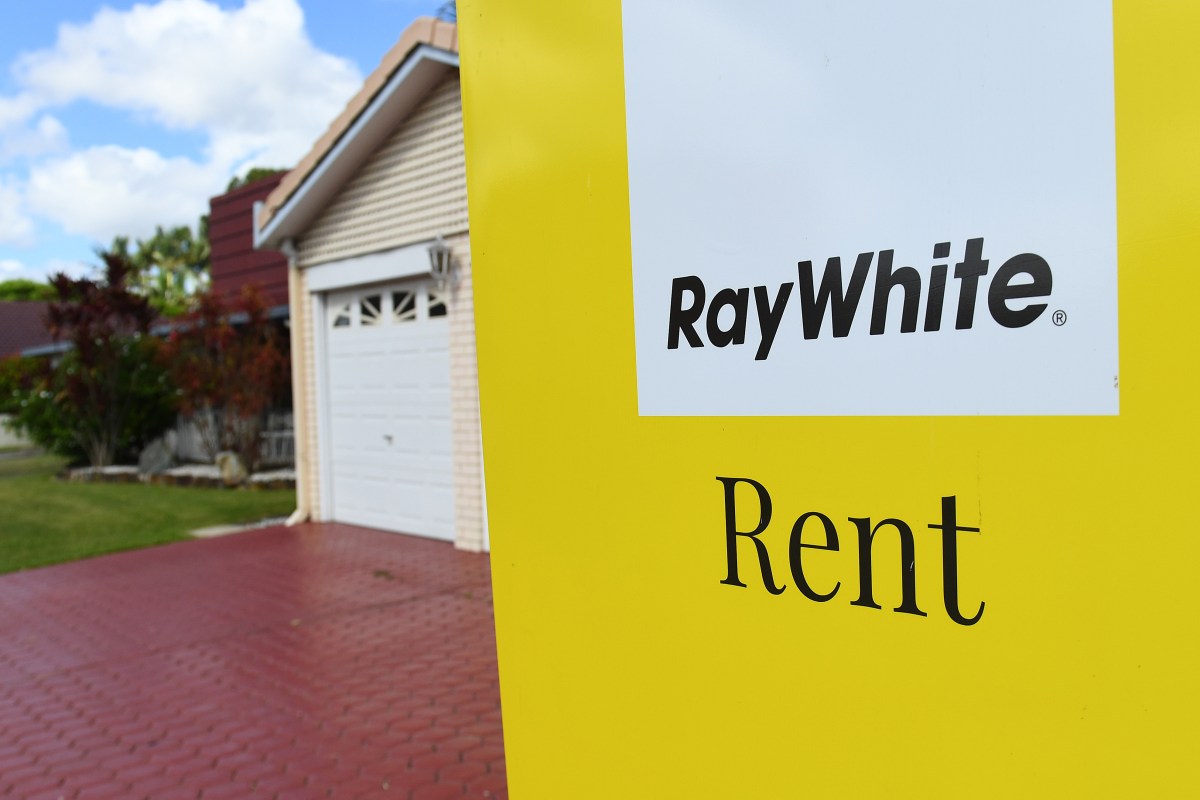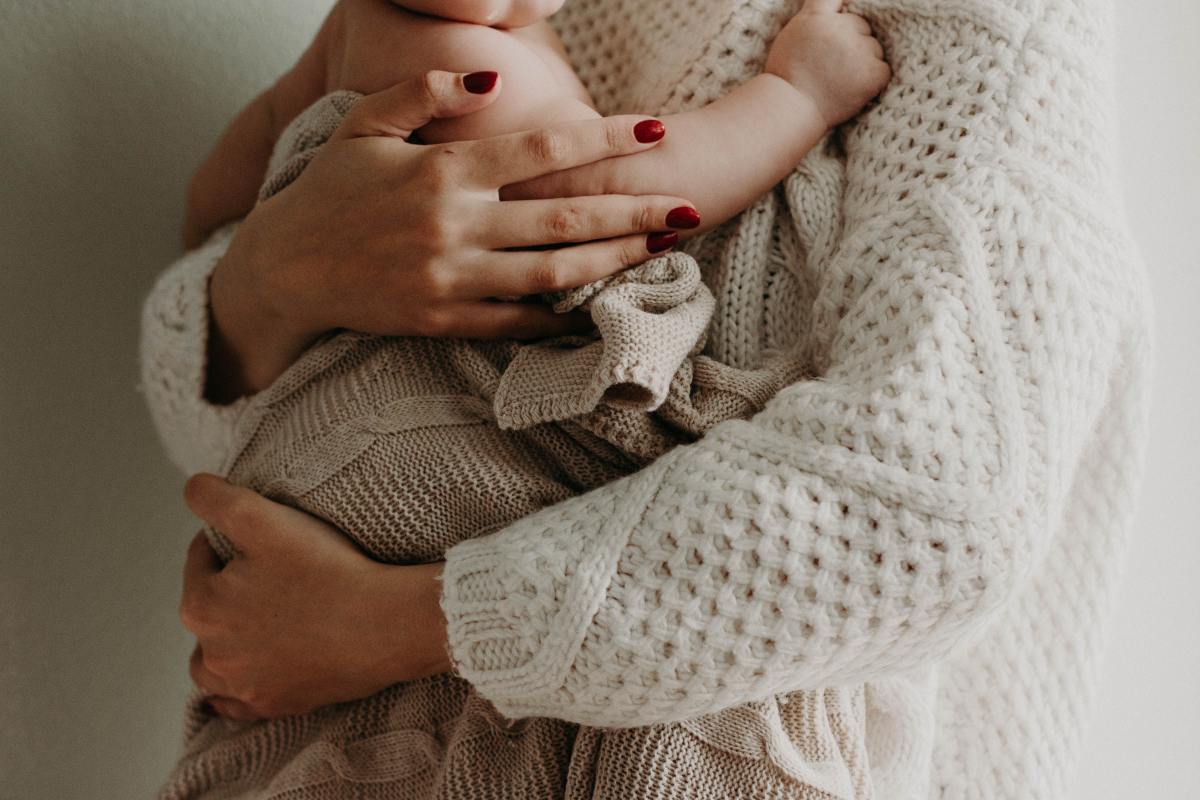Young, pregnant and homeless: the hidden face of SA’s housing crisis
Dozens of pregnant or parenting women aged from their teens to early twenties are on a waitlist to access an Adelaide help service’s accommodation, unable to secure their own place to live due to the scarcity and price of rental housing.

Photo: Pexels
Many of the at least 30 women on the waitlist have histories of domestic violence, significant family breakdown, neglect, sexual, physical and emotional abuse, or mental ill-health.
They are all aged under 25 and are experiencing or at-risk of experiencing homelessness in the months leading up to and after birth.
“They might be under the guardianship of the minister… or there’s a lot going on in their own families, which means their families are not able to support them the way that others might within our community,” Centacare youth family support program senior manager Anthea Francis tells InDaily.
“That can often mean that within that family of origin there might be family violence… there could be overcrowding.
“Sometimes they’re struggling with their own issues like mental health and then that makes it challenging for them to remain at home with family.”
Centacare is the only organisation in South Australia which provides on-site accommodation and support to young women who are pregnant or parenting and experiencing homelessness.
Technically, they are still children themselves
It runs four programs which support pregnant and parenting women aged under 25, helping them to secure longer-term housing, develop their parenting skills and ensure their social and emotional wellbeing.
One of the programs – Louise Place – specifically supports pregnant and parenting women aged under 19.
“Even with contraception and abortion being an option, there’s still significant numbers of young women under 18 that are becoming pregnant and are homeless,” Francis says.
“As dire as it is for those 24-year-olds, it’s even more dire for 15, 16, 17-year-olds because they’re not even able to legally sign a lease.
“Technically, they are still children themselves.”
Last year, Louise Place supported about 30 women aged under 19 who were pregnant or parenting.
Francis says a “large percentage” would have had involvement with the Department for Child Protection (DCP) at some point in their life.
“Sometimes DCP refers them to us, sometimes it’s another service that refers them on, sometimes it’s a self-referral,” she says.
“Personally, the youngest I’ve worked with has been 12 and that was a few years ago.
“In recent years, 14 has probably been the youngest.”

Photo: Pexels
According to Centacare, young women who are homeless or have insecure housing are more likely to become pregnant than housed women.
They say access to health care and affordability of contraception can be a reason, with some women also forced into intimate relationships to access safe spaces to sleep.
While demand for Centacare’s service hasn’t changed significantly, the number of women it has helped accommodate has struggled to keep pace.
That’s because more women are staying longer at Centacare’s on-site accommodation unable to transition into longer-term housing, such as private rentals.
Data released in January by property research firm CoreLogic found Adelaide recorded the nation’s second-biggest increase in rental prices last year, with the median rent reaching $518 per week for the December quarter – up 12.9 per cent across 2022.
Adelaide also remains the tightest capital city rental market in Australia, with the vacancy rate at 0.4 per cent, down from 0.6 per cent at the start of 2022.
They already feel the judgement and are hyper-sensitive to that
Those pressures are making it increasingly harder for the women Centacare supports to find private rentals.
“What we’re finding is that in the past, young families would stay with us for three to six months, move into transitional housing or get private rental and then we could take on the next family and then we could move through,” Francis says.
“Now, people are staying longer and we don’t have the resources to expand our services.
“If there’s no exit points for young families to go into longer-term housing that means that they’re not moving on, which means that we can’t take more people in, which means that the waitlist gets longer.
“There has been a big bottleneck in our service because those exits are really hard to find.”

Photo: AAP/Jono Searle
At least 30 women are currently on the waitlist, Francis says, with the highest demand coming from those aged 19-25.
She says some of the women Centacare supports register to attend dozens of private rental inspections, but they rarely get a view-in.
“When there is such high demand and such competition for housing then a single young mum on a low fixed income is pretty low on a landlord’s priority when they have the pick of sometimes 70 people going for the one vacancy,” she says.
“Especially through COVID, to attend an open inspection you need to put in a registration of interest, but you might not be selected to even go in to look at it.
“Because of their own backgrounds and the situations that these young mums come from, their self-worth is pretty low anyway.
“They already feel the judgement and are hyper-sensitive to that, but to then continue to put themselves out there applying for housing and just getting rejected time and time again – that’s pretty disheartening.”
As for public housing, Francis says she can “count on one hand” the number of women who secured a house over the past three years.
“It’s not unheard of but it’s really uncommon for our families to get public housing,” she says.
“The benchmark is pretty high for them to get to (category) one on the priority list.
“The majority of our exits have been through community housing providers.”
‘A beam of hope’

Photo: Pexels
One woman who did manage transition into longer-term housing is Jane*.
The 24-year-old came to Centacare with her seven-month-old baby after enduring significant physical, emotional and psychological domestic abuse, which continued after she left the relationship.
At Centacare’s Coolock House she engaged in education about domestic violence, undertook counselling and was supported to identify ways she could achieve her life goals and seek employment.
After three months, she achieved enough stability to move into transitional housing with outreach support.
It’s really hard to continue to feel empowered and put yourself out there
Soon after, she began looking for a private rental through RentRight SA, but because she had previously lived with her partner, she had no rental history of her own.
Financial insecurity, transience and her presentation as a single mother on welfare payments were also among the barriers Jane faced.
Over the next year, she attended more than 80 rental inspections with her child and applied unsuccessfully to view many more properties.
In late 2022, one year after she began scouring metropolitan Adelaide for a rental, Jane secured a 12-month lease on a property in the northern suburbs.
It was the first time a client of Centacare’s youth family support programs had successfully applied for a private rental since 2020.
“It’s really hard to continue to feel empowered and put yourself out there in the best light you can when you continue to get rejection after rejection,” Francis says.
“The fact she was successful is a beam of hope not just for other young mums, but the team who had been supporting her along the way.”
*not her real name




